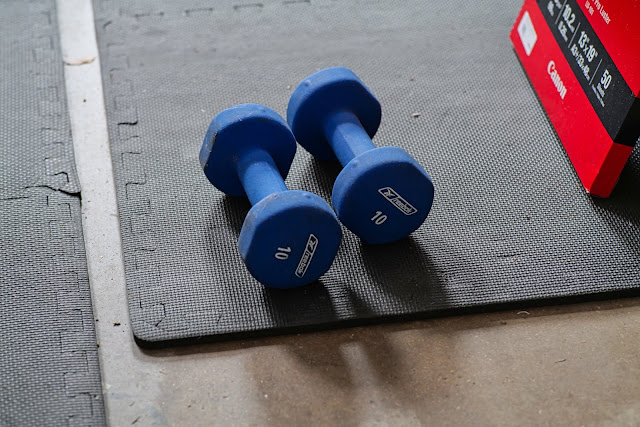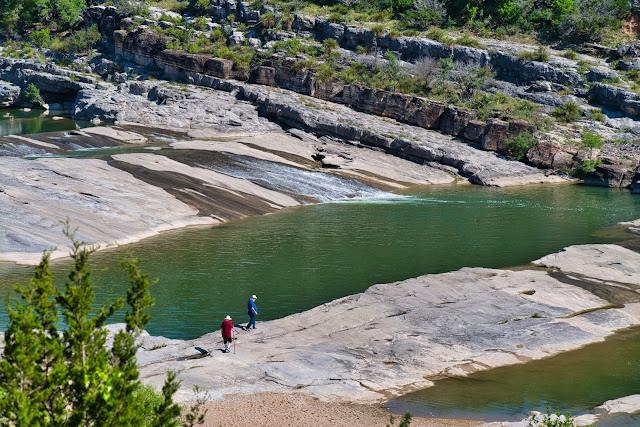Told as an action/adventure story...
I'd heard vague rumors that artists had descended on Austin's post apocalyptic, Sixth Street bar district to create artwork on the ugly and repressive looking plywood and particle boards that were nailed across the doors and windows of Austin's favorite watering holes. Throwing all caution to the wind I striped my face with camo stick, put on my rugged 5.11 outer wear, put all kinds of PPE (knives, pepper spray, credit cards, fake NRA membership card, hand sanitizer, and even some sunscreen, into my cargo pockets. I didn't want to be identified by any of the 160,000 surveillance cameras that festoon the downtown sectors so I used not one but two face masks (both camo patterned), my most anonymous sunglasses and my favorite "Courtland Gentry" low profile ball cap. I tried to always cover my face with the bill of the cap when walking by any live cameras.... always trying to maintain cover.
I waited for that moment in the neighborhood when the folks around my H.Q. were distracted, otherwise occupied trying to keep their kids separated from all the random kids from lesser families, or authoratively instructing their yard men and gardeners on the correct length of cut for St. Augustine grass. I exited our house and crawled on my belly through our compound to the passenger side of my car. It was by far the less open and exposed entry point into the vehicle. I had one camera and one trusty lens by my side as well as a complete set of topographical maps of downtown on the seat next to me. I needed to travel light and fast if I was to be successful...
When the time was right, and the nosiest neighbor was instructing his yard man in exactly how many RPMs are optimum for a gas powered mower, I pulled the car out of our driveway and pretended to head toward Trader Joe's. Should a nosy neighbor ask I already had my story well sorted --- I was just running out for more toilet paper and lots more cheap wine.
I felt the excitement build as I exited my zip code and sensed in my gut the rythmic beat of my car's powerful four cylinder engine, growling around under the hood like a caged tiger. At one point I was certain that the art censors were following me so I performed a seven hour SDR (surveillance detection route) to shake anyone tailing. I was pretty sure I lost them so I headed into downtown and parked, being very careful to back into the parking space in case I needed to exfil at speed. A temporary spasm of anxiety had me clutching the hand sanitizer and planning/visualizing exactly how I'd use it if I got into a rough spot. After all, I was heading into a full-on art infested area and I couldn't count on the group protection of my fellow suburbanites for safety. I'd have to spray aloe and alcohol with precise aim and then run and hope that my evasion skills were enough. It's tough being a photographer these days.
Before leaving the car I reminded myself to keep my head on a swivel and to be ready for anything. To paraphrase some famous secret agent: Go into every situation figuring out your exit strategy and then figure out how to kill I mean photograph, everyone in the room. In a bit of last minute prep I made sure my camera was unlocked and loaded and that I had extra "ammo" by way of my lucky second battery. How many times had that additional battery saved the day? I can't even count the times that little bit of prep saved the day...
Part of my tactical plan was to approach the live A.O. on foot to take advantage of the natural cover. It was hot and humid and within minutes of entering the concrete jungle which is downtown I was nearly lost and exhausted. But I knew in my heart I had to keep on, had to make that critical documentation, had to satisfy my curiosity about this hive of "artist action." Was it the next wave of resistance? And who was the mastermind behind this rapid fire artwork ?
Standing on the corner of Congress Ave. and Sixth St. I clutched my camera in my sweaty right hand and then peered carefully around the corner of the Bank of America building; looking east down Sixth. I could see action up ahead but I'd forgotten to bring along my up-armored binoculars with the thermal imaging feature and knew I needed to get up close if I was to have any chance of getting the right aim and the right angle to SHOOT the art. Could I get close enough to be in range? Would the windage be an additional problem?
With my camera clutched in my hand and my head on a swivel I made myself as low profile as I could. I alternately skipped, pivoted or spun around in circles from time to time to disguise the seriousness of my effort --- the real intensity of my mission. Sometimes I whistled or hummed show tunes to myself to seem more...normal. And as I got three or four blocks into the danger zone I could see that all my planning and tactical prowess was going to pay off. People were painting. The artists were on ladders and boxes, brushing and spraying to their heart's content. I blended in like the "Gray Man" of photography...
With shaking hands I set the camera for a color balance that would match "open shade." We'd practiced this scenario so many times in our intensive training that it was almost second nature. All that training and class time paid off. I was able to match the color balance setting to the actual situation while in the field, under extreme duress. It reminded me of those hot afternoons at the "swamp" when we'd practice shifting color balance settings during what we would call a "live fire" training scenario. The gruff and tough old soldier who trained us would fire off bursts of Kodachrome film frames from a battered old Nikon F that had a motor drive so loud that it scared the bejeezus out of us. But the training worked. Now, even confronted by placid and accepting artists, I had no problem finding the right button and making a critical choice. You can only be as good as your training --- and I found that out today. Go color balance!
As I crept along the street, dual masks strapped on so tight I'll have permanent facial creases, and wielding a six foot ruler so I could always measure and maintain an appropriate distance, I made my way warily along the street. Stopping every so often to survey the battlefield city street to search for "hard targets" --- mural art worthy of documentation. Camera in one hand and my six foot ruler shoved through my belt like a broadsword.
After making it up and down both sides of the main street I felt as though I'd taken enough chances for one day so I retreated from the "live zone," the A.O., and made my way back to the relative safety of my vehicle. As I rolled out onto the ground from the passenger's side of my tactical vehicle, now relatively safe in the driveway, I crawled, in agonizing pain, over sharp gravel and into the safety of my office with no one around me the wiser.
Mission complete: I was able to get a number of fun images of the art that local artists are creating to bring some life and color to the #post apocalyptic ruins of the Austin bar scene. A section of town destined to become, in perhaps a hundred or a thousand years from now, our Colesium, our Pantheon, our city's Forum. Once lively and active and now shut down possibly forever. A place for busloads of future tourists. See Images below.
It's wonderful to calm down after a dangerous self-assignment such as this. But another two or three martinis (poured, not spilled) should be enough to both calm my jittery hands and also get me on the other side of writing this silly nonsense.
Have a camera? Life changing minute by minute? I guess we could document stuff, right? Now if only I could remember which camera I took on this kinetic mission. Might come in handy during the top secret debriefing...































































